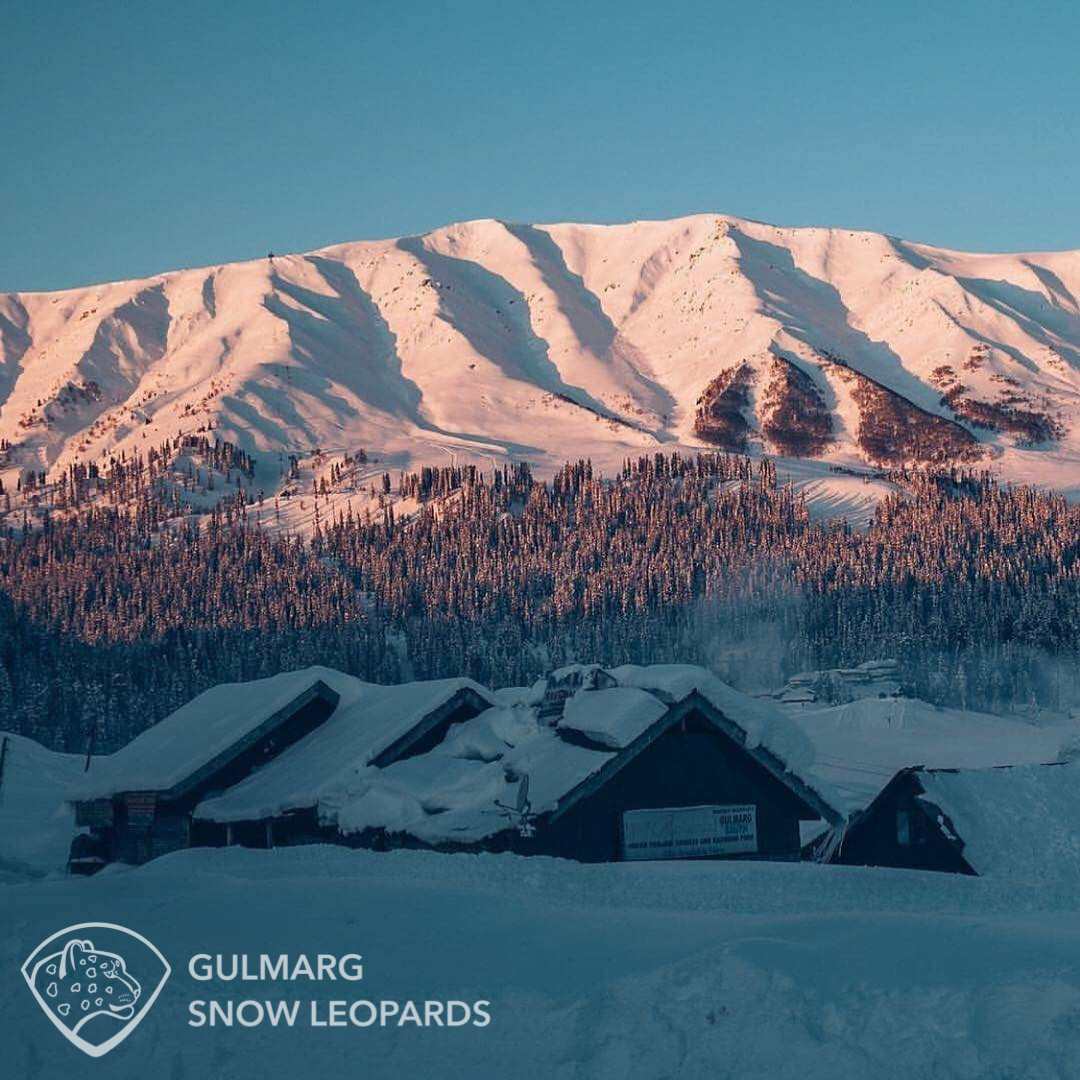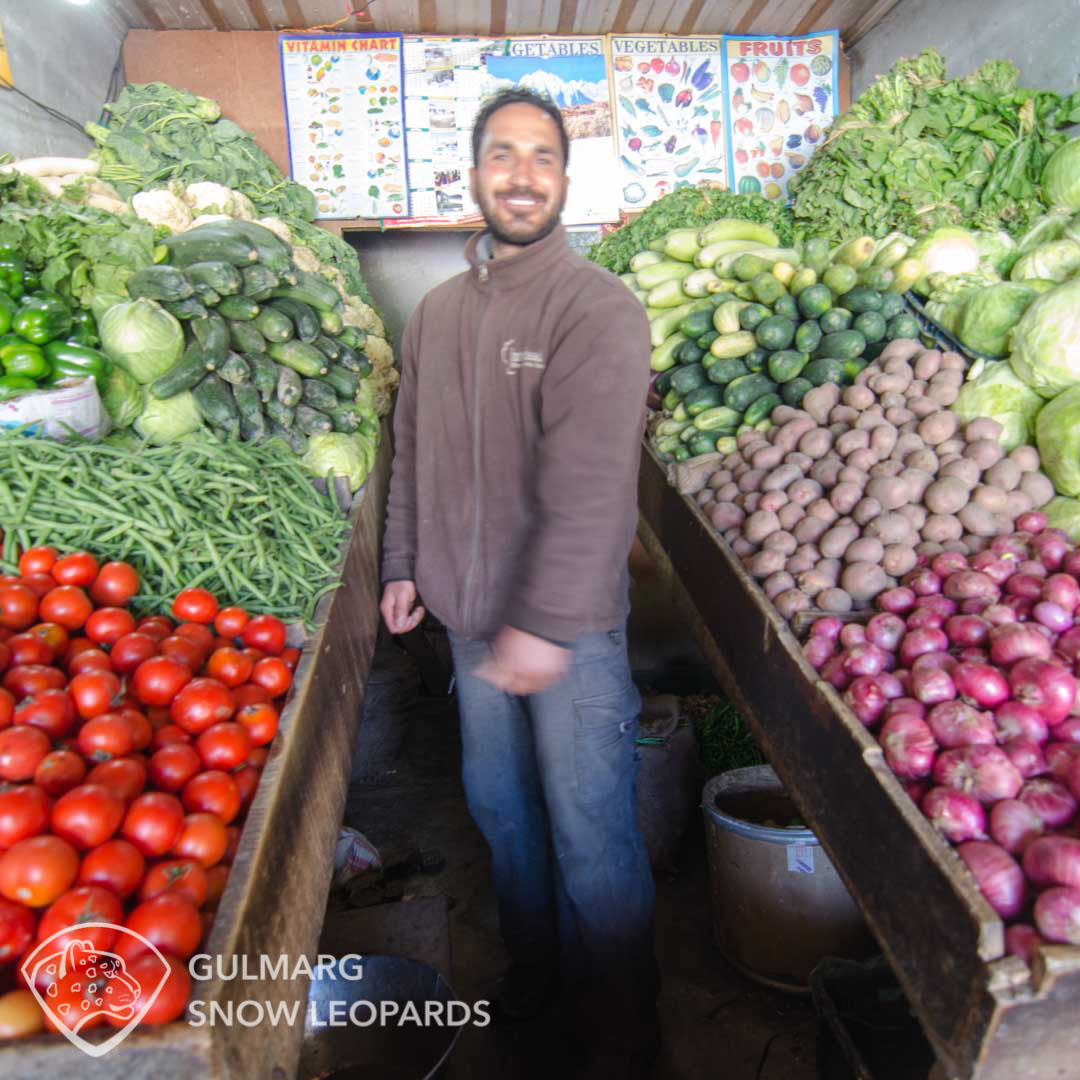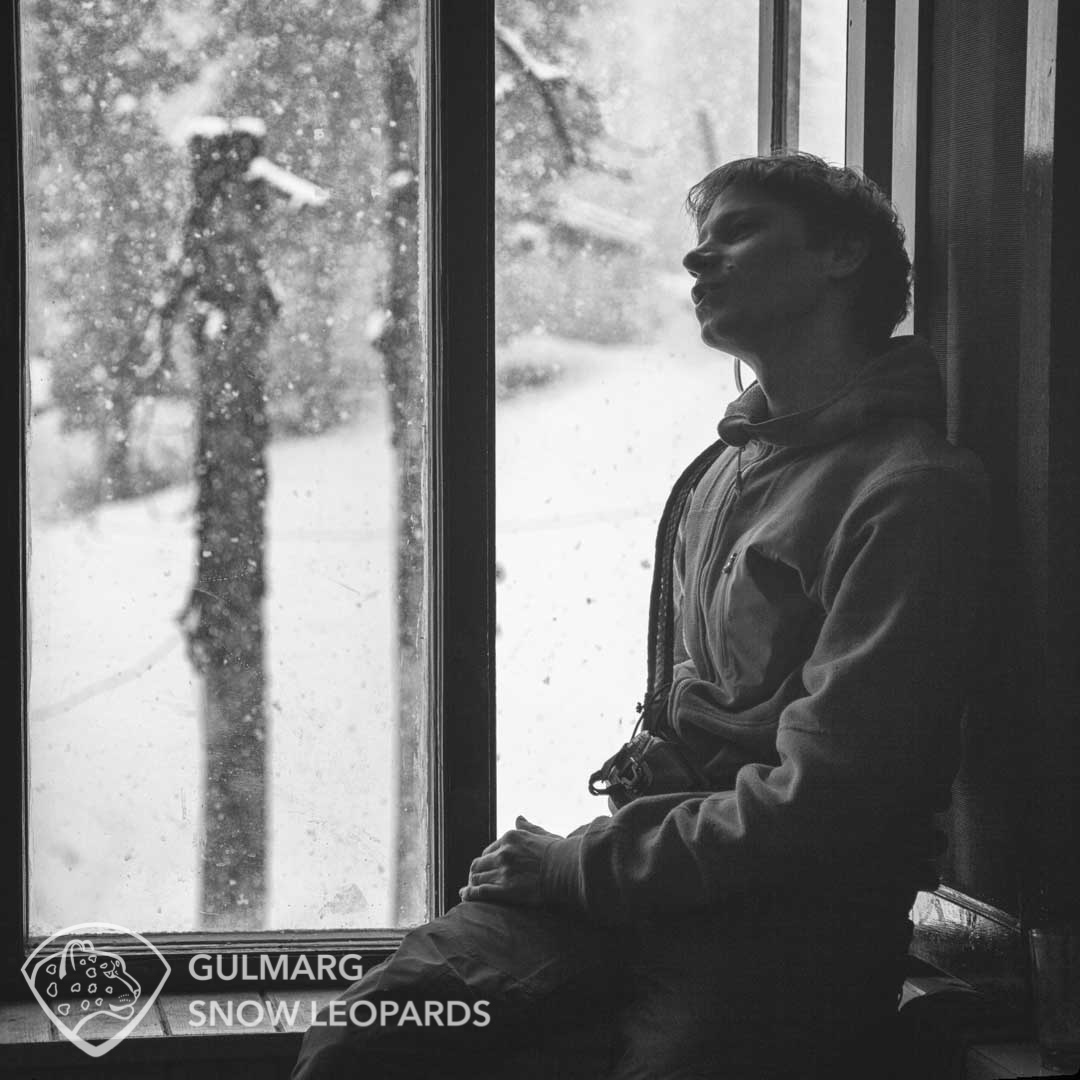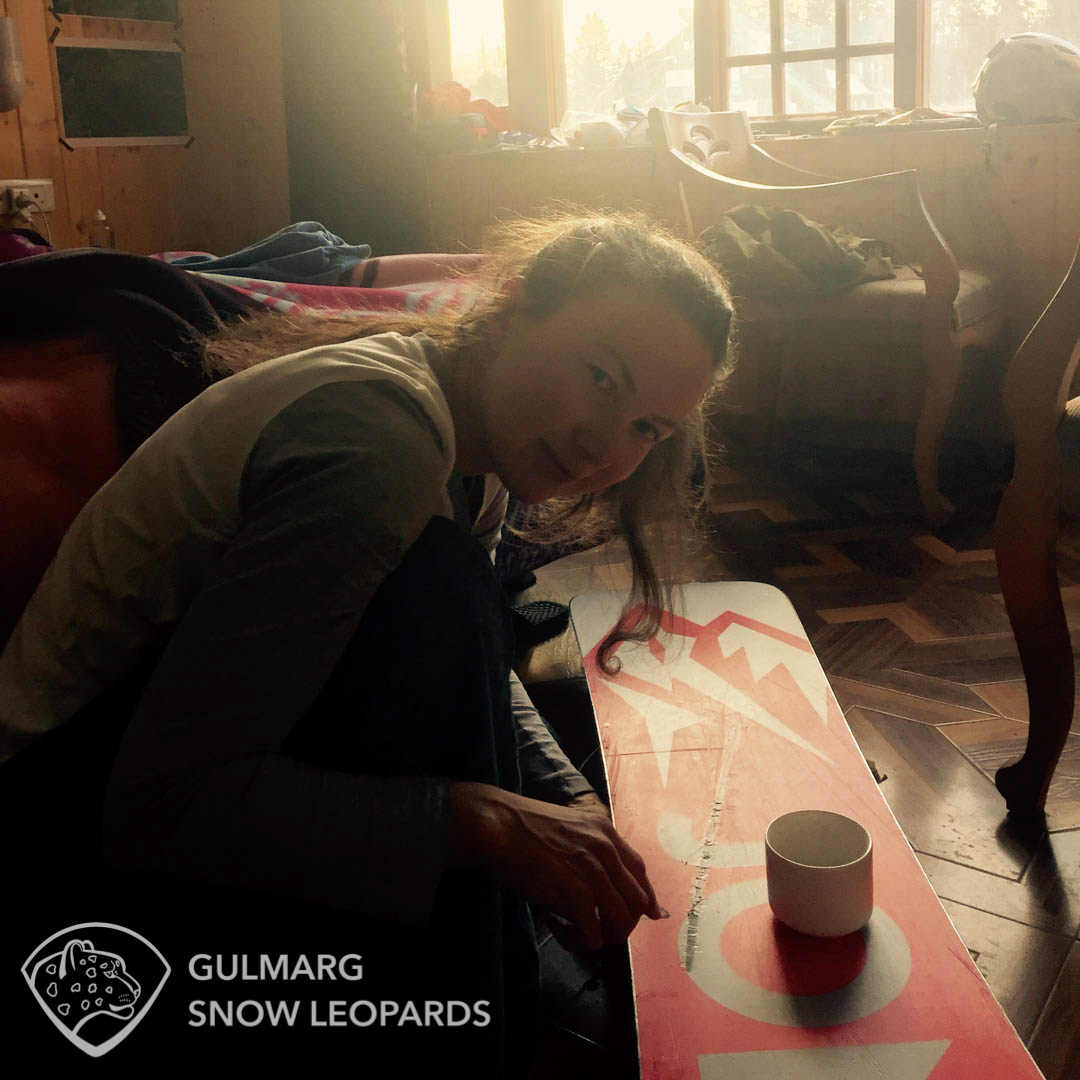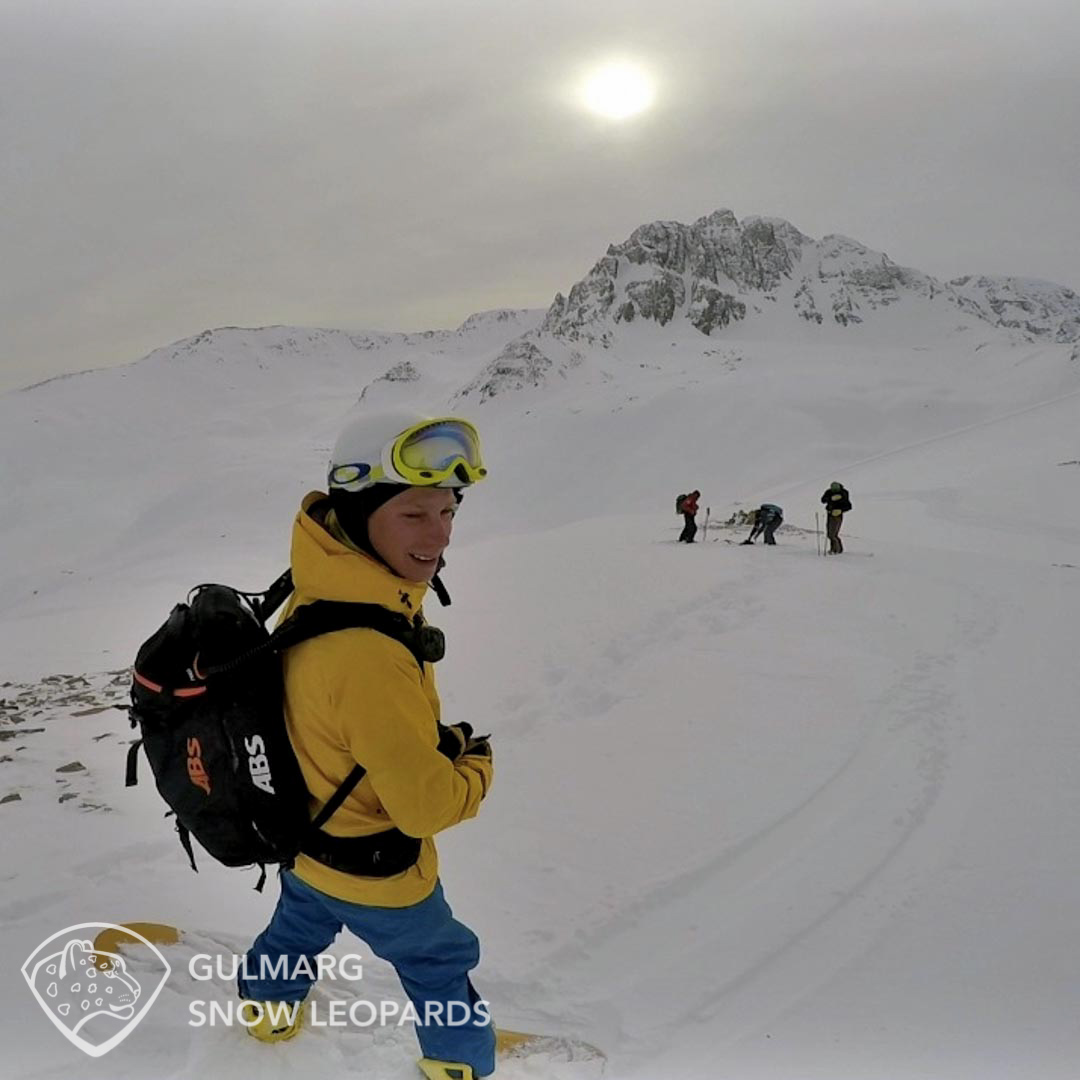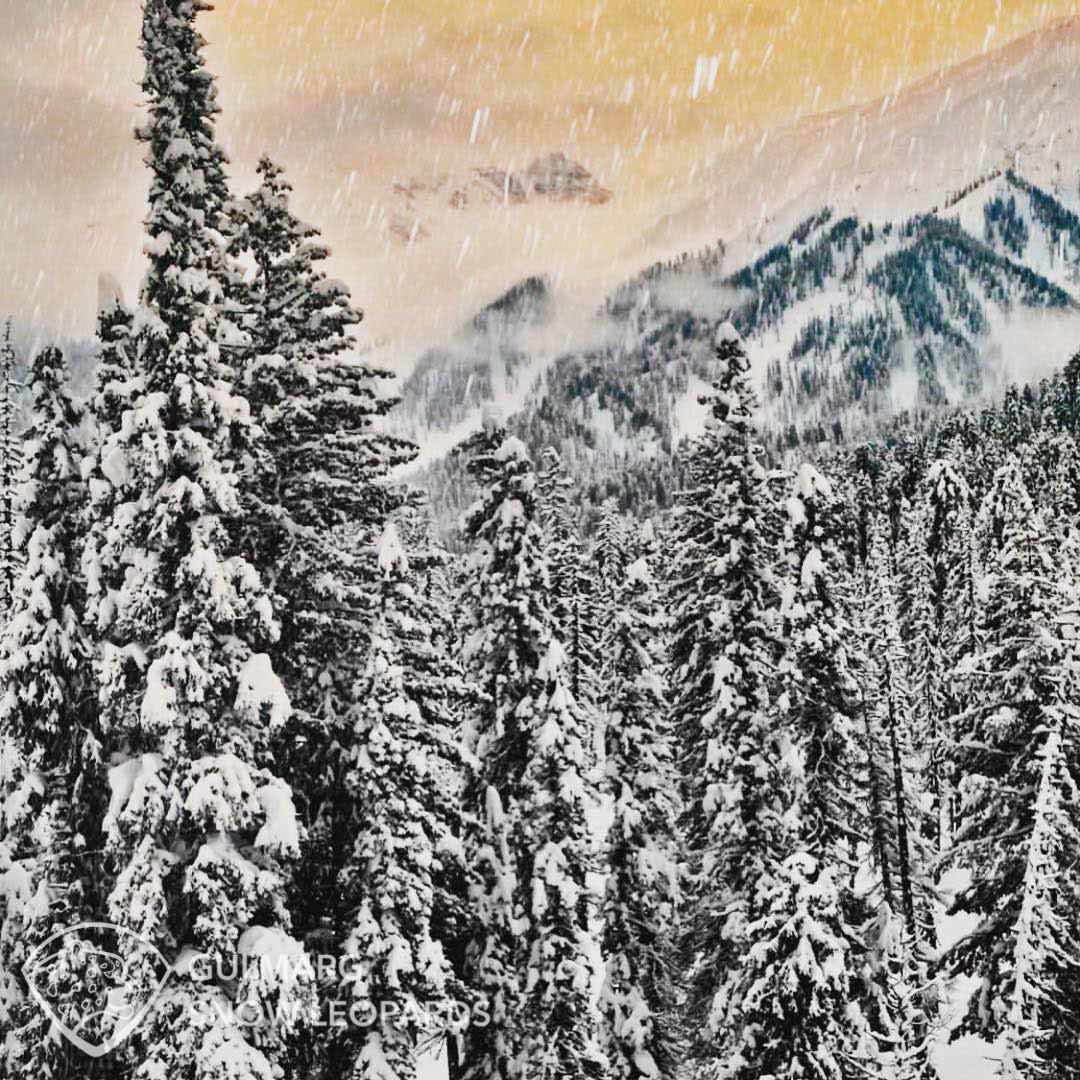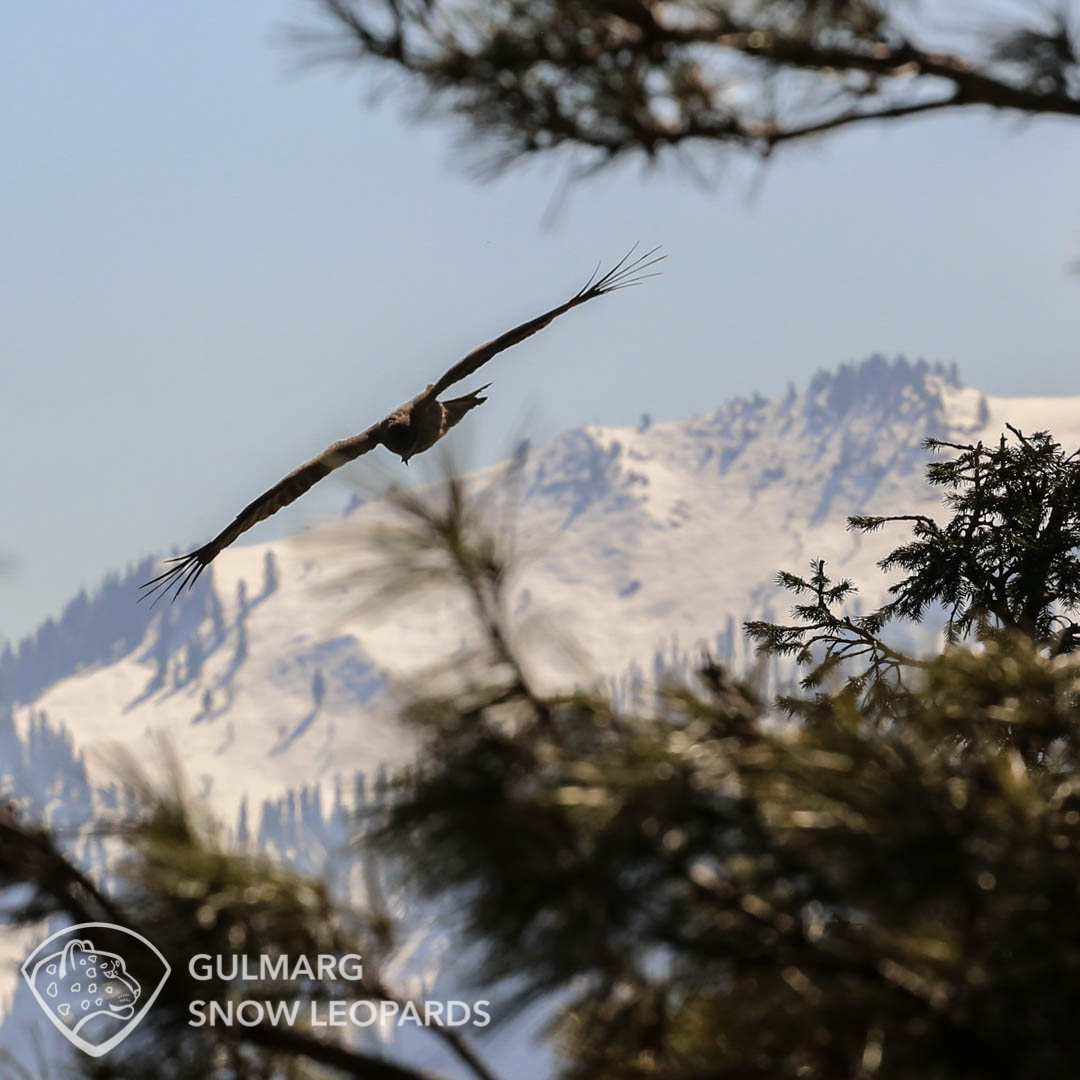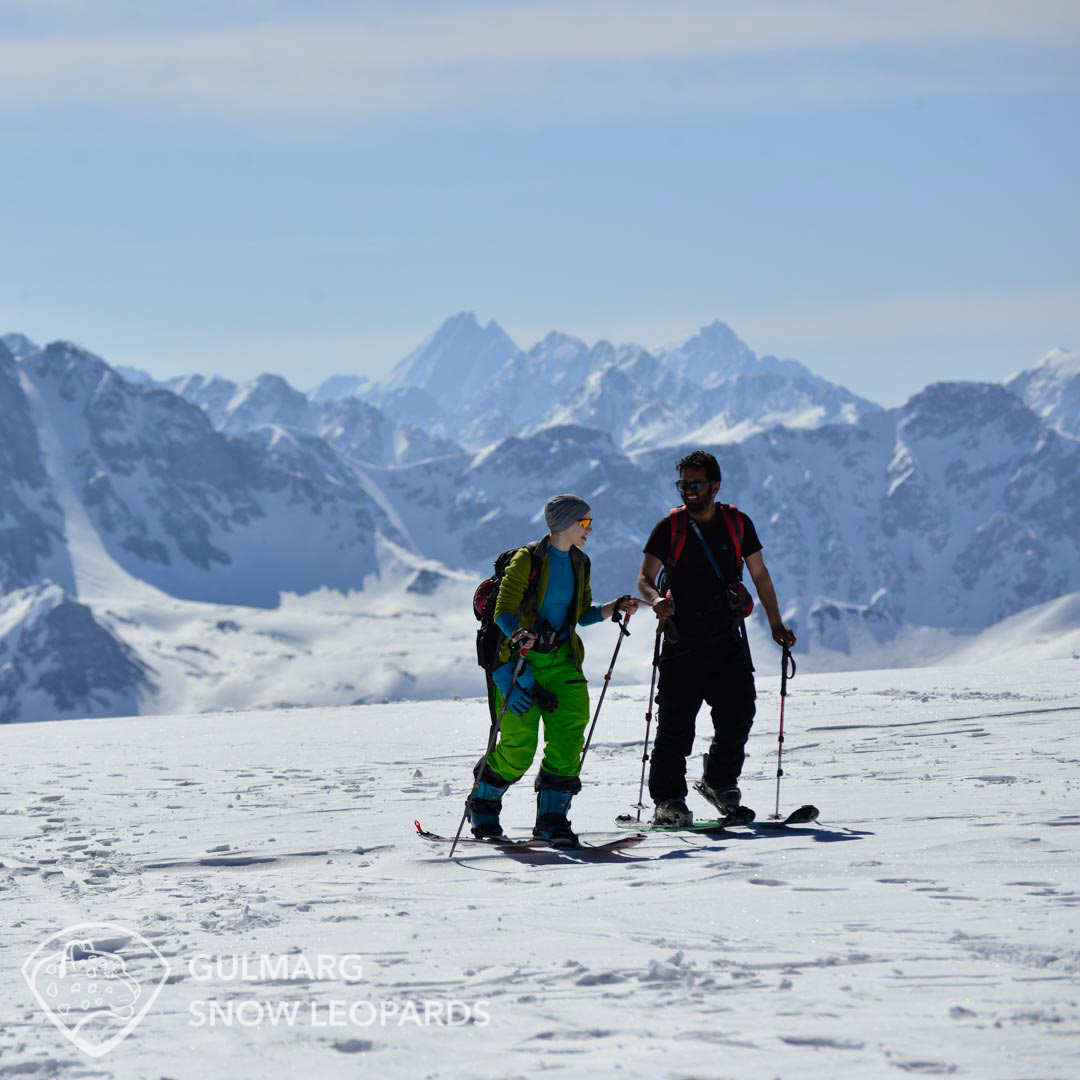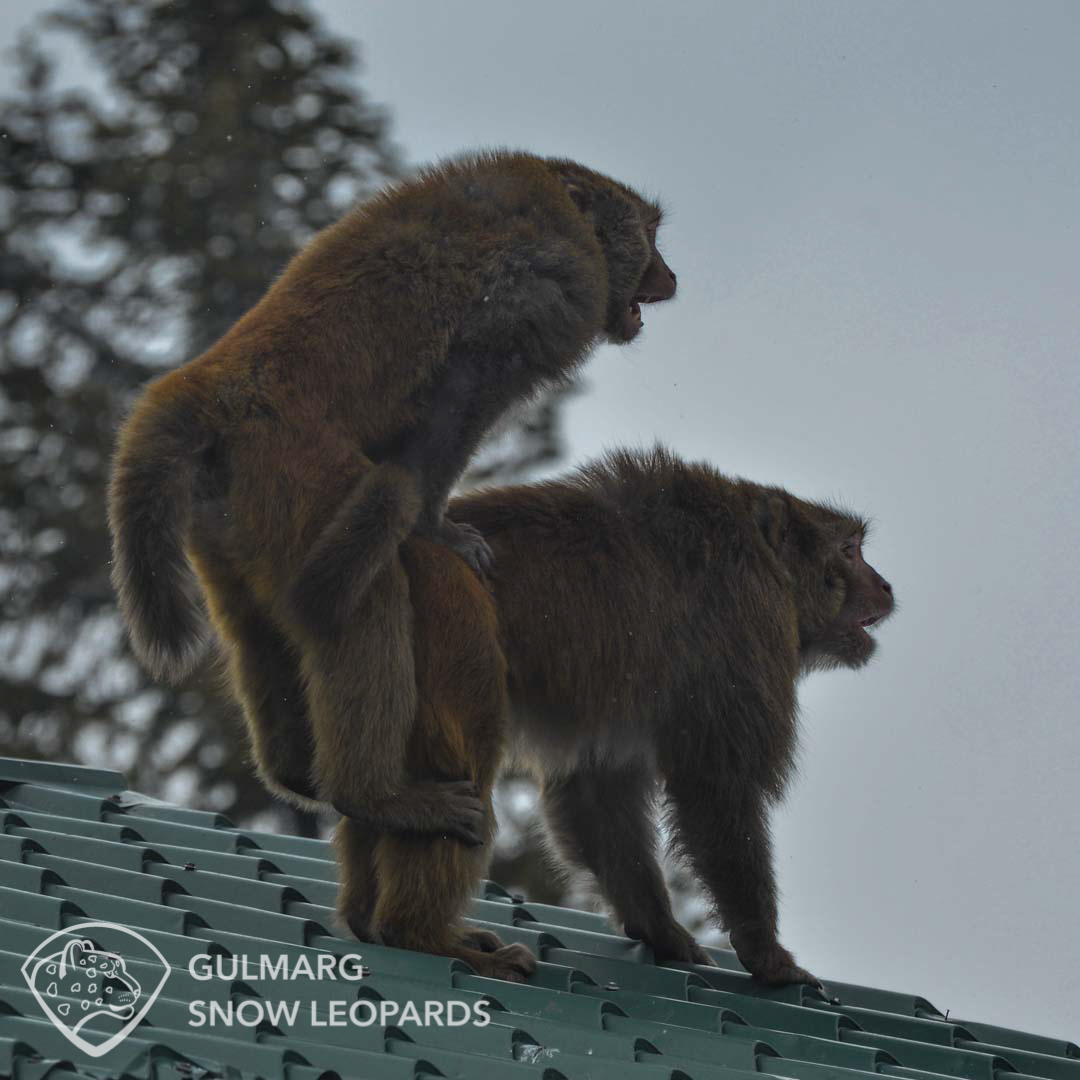FAQ on Gulmarg Ski Vacation
Information and Advice
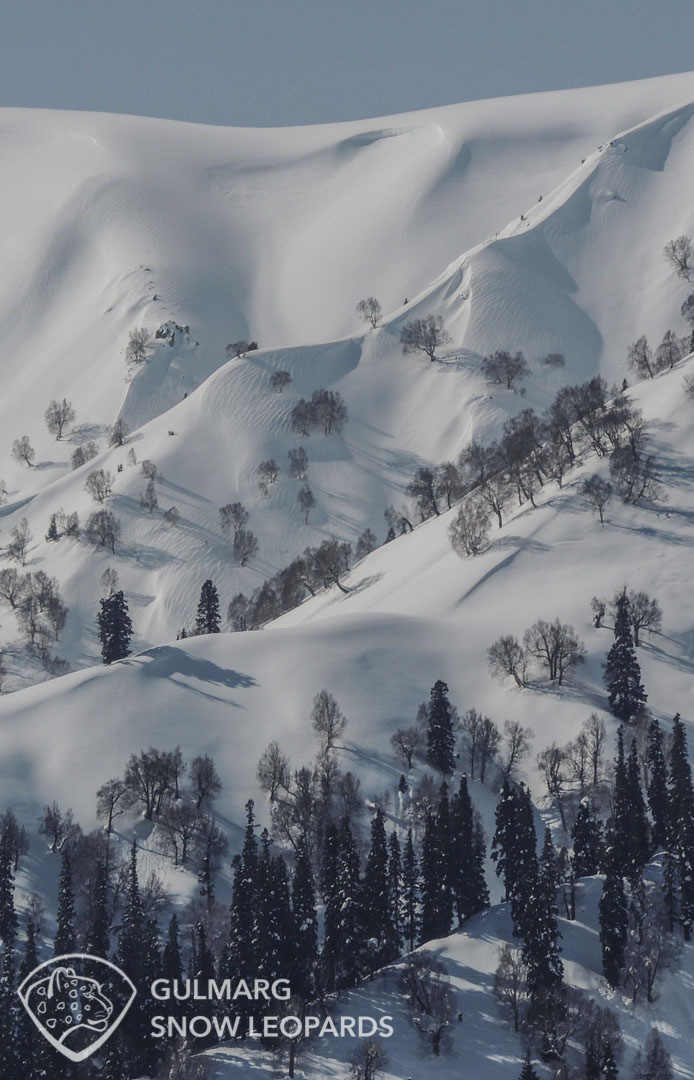
Everything You Need to Know About Your Kashmir Trip
When planning a ski trip to the Himalayas, people often have numerous questions and concerns they wish to address beforehand. This page provides comprehensive information to address most aspects of your journey. For further details, feel free to get in touch with us.
-
THE JOURNEY TO GULMARG
Gulmarg on the Map
Gulmarg is a quaint village situated 60 kilometers west of Srinagar in India's northern state of "Jammu and Kashmir." The ski resort is nestled on a mountain plateau at an altitude of 2600 meters in the Pir Panjals, a mountain range in the western Himalayas. The India-Pakistan border, also known as the Line of Control, is only approximately 20 kilometers further to the west.
Getting There
Most international visitors arrive in India through Delhi in the early morning and then catch a domestic flight to Srinagar on the same day. The flight duration is approximately 1 hour and 20 minutes. At the Srinagar Airport, our guests are picked up and driven to their hotel in Gulmarg by jeep. The drive from Srinagar Airport to a Gulmarg hotel usually takes 1.5 hours. It's advisable to allow a minimum of 4 hours between your flights, as it may take up to 1 hour to get the eTV visa stamp upon arrival at DEL Airport.
Flight Connections
Various airlines operate flights from Delhi to Srinagar (IATA: SXR), departing from either the international terminal (T3) or domestic terminals. We recommend flights from T3 to avoid the need to change terminals (which can take up to 40 minutes). We'll provide guidance on airlines with the best baggage allowances and terms for transporting ski and snowboard equipment.
Accommodation in Delhi
As is the case in many cities in this region, finding the right hotel can be a challenge, particularly if you're seeking budget to mid-range lodging. For our guests' convenience, we suggest two hotel options near Delhi Airport. The first option is the Radisson Blu, which is close to the airport and offers a shuttle service: Radisson Blu Delhi Airport. Alternatively, in the medium price range, we recommend the Park Inn Gurgaon, Delhi.
Immigration and Visa Rules
Most foreign visitors to India require a Tourist Visa. For more information, please visit Indian Visa Online website
Insurance Coverage
For UK residents: The FCDO advises against all travel to the region of Jammu and Kashmir (including Gulmarg and the city of Srinagar). Most travel insurance policies will not cover travel to a high-risk destination where the Foreign, Commonwealth & Development Office advises against all but essential travel or all travel. Membership with the Austrian Alpine Club UK will provide basic insurance coverage for your trip. More insurance options: https://www.globalrescue.com/
https://www.imglobal.com/
https://www.battleface.com/en-int/
https://www.internationalsos.com/
https://www.highriskvoyager.com/
For EU residents, Alpenverein will provide basic insurance coverage.
Planning a ski trip to Gulmarg, we highly recommend reviewing your insurance coverage to ensure that it includes medical evacuation and covers backcountry skiing accidents at high altitudes above 3,500 meters. Additionally, check for exceptions related to territories or sports that may not be covered.PLANNING AND PREPARATION OF THE SKI TRIP
Best Time to Visit Gulmarg
The best snow conditions are typically from the end of January to mid-March.
Skiing Skills and Backcountry Experience
You don't need to be an expert skier or snowboarder to join us, but you should possess adequate skills and fitness. We prioritize a personalized experience, answering your questions and tailoring the day's terrain to your ability. Some runs may require skinning, hiking, or traversing. While Gulmarg is accessible to skiers who are comfortable on groomed slopes, we recommend that they come as a group with similar skills or book a one-on-one guided stay.
Fitness Level
Our trips take place at an altitude of 4,000 meters above sea level, with many off-piste runs exceeding 1,000 vertical meters. Therefore, guests should be in good physical condition to fully enjoy the experience. To prepare for the Himalayas, you can find fitness recommendations here: Fit for the Himalayas
GULMARG PROFILE
Resort Characteristics
While many aspects of Gulmarg's tourist infrastructure, such as ski lifts, hotels, restaurants, and shops, may not meet Western standards, there are compelling reasons why Gulmarg is truly unique. It offers vast and varied backcountry terrain accessible via cable cars, with an annual snowfall of over 7 meters, limited crowds, short lift lines, and minimal competition for fresh powder. Note that avalanche control and snow patrolling are primarily focused on the main bowl, covering only approximately 5% of the available alpine terrain. Many of the best runs are in more remote areas of the mountain, requiring short hikes or jeeps for access and return. Hence, a strong understanding of risk assessment and snowpack evaluation is crucial for venturing into the backcountry without a guide.
Cable Car and Ski Lifts
In addition to the five short T-bar lifts near the golf course, the "Gulmarg Gondola," a 6-seat cable car, is a major attraction for foreign visitors. It takes passengers from the village at 2,600 meters to 3,960 meters over two stages. Since 2011, a quad chairlift operates from the mid-station at 3,050 meters to Mary's Shoulder at 3,500 meters, halfway up the main bowl.
Backcountry Terrain
Gulmarg's main draw for skiers is its extensive backcountry terrain, located beneath the long Mt. Apharwat ridge. This terrain provides access to numerous long and steep runs with vertical drops of 1,000 meters or more. The highest drop-off point is at 4,200 meters, and the lowest exit point in the Drang valley is at 2,000 meters. You can find a terrain map here: Gulmarg Backcountry Terrain
Groomed Ski Slopes
Groomed ski slopes in Gulmarg are primarily situated near the baby lifts on the golf course and from the mid-station (G2) to the village (G1). Occasionally, the lower portion of the terrain near the chairlift is groomed.
Heli-Ski in Gulmarg
Heli-skiing has been available in Gulmarg since 2011, offering up to 11,000 vertical meters per day in exclusive terrain. The Eurocopter AS350 B3 helicopters used for heli-skiing are equipped with a guide and a pilot seat upfront, as well as four forward-facing guest seats directly behind. These helicopters are specially designed for winter mountain flying and, when paired with an experienced mountain pilot, offer a unique flying experience. We have partnership with heliski operations, and you can book heli rides with us in advance or while in Gulmarg. Keep in mind that due to the proximity to the border with Pakistan and the volatile situation in Kashmir, heli-skiing may not be available every season. Contact us for the latest updates.
High Season
Since the opening of the second phase of the gondola in 2006, the number of freeriders visiting Gulmarg increased, reaching its peak in the winters of 2011-2015 when there were around 300 riders on the mountain on peak days. However, starting from 2016, the number of riders has declined due to adverse media coverage of Kashmir and instability in the region. The high season typically begins around February 8 and ends around February 20.
SNOW AND WEATHER CONDITIONS IN THE HIMALAYAS
Snowfall in Gulmarg
Gulmarg experiences an average snowfall of 7 meters each season at the mid-station of the gondola (Ski Patrol Base). Most of the snow falls from the end of January to the end of March, with storms occurring every 5 to 7 days during this peak season. January is often a cold and dry month, leading to a shallow snowpack that may not adequately cover rocks. Some years may see early big storms that provide sufficient snow. From mid-March onwards, spring snow prevails below the mid-station. The official season typically ends at the end of March when avalanche control and inbounds patrolling cease.
Snow Quality
During the period from the end of January to mid-March, you can expect predominantly dry powder from the mountain's summit to the valley floor. Exposed areas on the upper mountain may occasionally develop a wind crust, and on sunny days, southern aspects and lower terrain sections may become sun-affected. From mid-March onwards, you can anticipate good snow at the top and spring snow at the mid-station and below.
Temperature
During the peak season, daytime temperatures in Gulmarg are around minus 5 degrees Celsius at the tree line (3,200 meters) and approximately minus 10 degrees Celsius on the mountain's summit (4,000 meters). Apart from the mountain ridge, the terrain on Mt. Apharwat is well-protected from the wind, so wind chill is rarely an issue. Therefore, the ski clothing you wear at higher elevations in the Alps should provide sufficient protection.
Avalanche Danger
Like many ski areas with substantial snowfall, Gulmarg is susceptible to avalanche danger. While the snowpack usually stabilizes within 24 to 48 hours, even when the avalanche danger is moderate or low, it's important to remember that Gulmarg features complex, steep, and high alpine terrain with inherent risks.
Gulmarg Snow Forecast
EQUIPMENT RECOMMENDATIONS
Skis and Snowboards
We recommend using rocker powder skis with a width of 105mm to 120mm. Snowboarders should use a rocker powder-specific board, a big mountain board, or a splitboard, along with telescopic poles. Snowshoes are optional.
Backcountry Equipment
To access the second phase of the gondola and chairlift, a transceiver, shovel, and probe are required. In addition, it's advisable to carry a first aid kit, a drinking water bottle, and some energy bars in your daypack for Gulmarg. Additional items may include extra clothing, a survival kit, a headlamp, wax, a VHF/UHF radio, and tools like a screwdriver and a knife. Your backpack should have a capacity of 20 to 35 liters and include options for strapping your ski or snowboard.
Avalanche Backpacks
Avalanche backpacks are recommended for anyone skiing in the backcountry. While they don't guarantee survival in an avalanche, they provide an additional layer of protection in case of emergencies. Various brands offer avalanche backpacks with similar levels of protection. We offer detailed instructions on how to handle cylinders at Delhi Airport, and we also have a limited number of ABS/Snowpulse cylinders available for rent in Gulmarg.
Equipment Rental
GSL collaborates with several small local ski shops for equipment rental. You can pre-order rental avalanche safety equipment (including 3x antenna digital beacons, shovels, probes) and cylinders for Snowpulse/ABS backpacks, as well as skis (including touring equipment), snowboards, splitboards (in various sizes), snowshoes, poles, with us. Rental is hassle-free, and equipment can be delivered to your hotel. Finding well-maintained skis and snowboards for rent in Gulmarg can be challenging. For more information, please visit: Equipment
SKIING WITH A GUIDE
Guided Programs
Gulmarg's extensive backcountry terrain offers a multitude of opportunities. To make the most of your experience, especially if you have limited time, booking a guided program is the ideal solution. Our guides are experts in finding the best snow, understanding safe riding areas, and ensuring your safety both on and off the mountain.
Typical Group Size
Our standard guest-to-guide ratio is four to one. However, we make every effort to group guests who have booked together and share similar skiing skills, avoiding the mixing of participants with different abilities. Groups of six or more skiers will always have two guides. We maintain booking numbers at a level that allows flexibility to meet all our guests' expectations.
Avalanche Safety Training
At the beginning of our program, we conduct a workshop to explain mountain risks, hazards in remote and unpatrolled terrain, and run through a rescue scenario. This will ensure you are familiar with the correct use and proper functioning of all your equipment, including avalanche airbag backpacks, which can be rented from GSL. We provide advice on your equipment before heading into the backcountry.
All guests venturing into the backcountry should wear avalanche transceivers and carry a backpack with avalanche rescue equipment.
If you're new to backcountry skiing, don't worry! Our equipment familiarization seminar is more in-depth, and terrain options are selected based on your skill level and comfort. All you need, in addition to the right equipment, is a reasonable level of fitness and intermediate or higher skiing ability. We're always excited to welcome newcomers to backcountry skiing.
HEALTH AND MEDICAL TREATMENT
Vaccinations
We have been traveling to Northern India and Nepal for many years and have not received any specific vaccinations. However, some individuals may be more concerned about potential illnesses. In such cases, please refer to the CDC's advice on Vaccinations and Health Issues
Medical Services in Gulmarg
Gulmarg has a small health point/hospital with a medical doctor on call 24/7. They efficiently handle typical travel and altitude-related illnesses and can provide initial interventions in case of accidents, from diagnosis to pain relief and x-rays. Critically injured or ill individuals may need to be transported to a hospital in Srinagar and, ideally, back to Delhi or their home country as soon as possible. Delhi offers a few hospitals with competent staff and state-of-the-art facilities.
Accident and Evacuation Procedures
In Gulmarg, there is no official rescue service. Our guides are fully equipped to provide immediate first aid and have received training in various methods for evacuating injured individuals. We make our guests aware of the risks associated with limited evacuation and treatment options and strongly advise them to exercise caution and not exceed their riding abilities.
Food and Water
The meals served in Gulmarg are primarily Indian or Asian in style, constituting approximately 90% of the menu. Thus far, our guests have expressed their satisfaction with the food, with only a few reporting minor digestive issues. Bottled water is readily available in our hotels, though some may choose to use tap water. While the tap water comes directly from the source, we recommend against consuming it without filtration. Using a LifeStraw filter or a similar device is a safe alternative. Soft drinks can be ordered at the hotels, and alcoholic beverages can be purchased upon arrival in Srinagar at one of the few licensed liquor shops.
Acute Altitude Sickness AMS
Since we spend the night just slightly above the AMS safe zone, well-trained and fit individuals are unlikely to experience altitude-related issues. However, the thinner air can be noticeable, especially when skiing and hiking at 4,000 meters. To acclimatize, we recommend taking it easy during the first two days, staying adequately hydrated, and keeping alcohol consumption to a minimum. Those who experience AMS symptoms are advised to rest. For more information on this topic, refer to AMS Acute Altitude Sickness in the Himalayas
SAFETY IN KASHMIR
Status
When planning a trip to Kashmir, concerns about security inevitably arise. For over 60 years, foreign offices and state departments have issued travel warnings and advised against visiting this region. Nonetheless, despite a slightly higher number of politically motivated acts of violence compared to other areas, there have been very few incidents involving harm to tourists during their stay in Kashmir. There is no anticipation of an increased threat level for the upcoming winter. The extensive military and police presence in this border state greatly reduces the influence of extremist groups.
Recommendations for a Safe Trip
Nevertheless, when planning a ski trip to Gulmarg, it is important not to dismiss these warnings entirely. Visitors should be aware that they are entering an area designated as a danger zone. They are traveling to a ski resort where most of the typical infrastructure for a winter vacation is available in limited form, and where many ski guides have limited expertise in assessing mountain risks. Furthermore, a significant number of so-called "guides" lack the necessary skiing skills to keep up with advanced foreign riders.
Gulmarg Ski Packages
Hotels in Gulmarg
Inquiry + Booking
The Gulmarg Snow Leopards
Travel Tips
